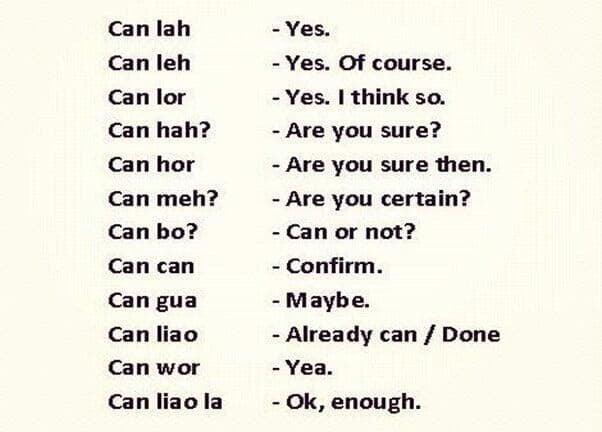
Business communication in Singapore differs from most Western countries, this results from the nation's particular cultural, historical, and social circumstances. Singapore has one of the broadest racial and cultural diversities of any country, bringing a rich environment that sometimes makes it challenging for outsiders.
Singaporeans, similar to many other Asian cultures, prefer high-context communication, where implicit messages, body language, and non-verbal cues are majorly used to convey meaning. On the flip side, in many European nations, low-context communication is the norm, which is more explicit and direct. Directness can lead to misunderstandings. However, Singapore on the other hand sometimes Singaporeans can be seen by some as to direct, even seeming rude. Because of the potential variation, Westerners need to be far more attuned to the non verbal queues and have someone with you who will understand the intention.
Singaporeans tend to put a great value on preserving harmony in relationships, so they may be indirect or soften their speech to avoid offending. In comparison, the Western communication style is much more open and direct in communication, which includes expressing thoughts and opinions, even if they are debatable. The best example to describe this is when in a business meeting lots of nodding as you speak may be interpreted that they are agreeing with you. However the smiling and nodding may be nothing more than they understand what you are saying. You leave the meeting thinking all is good but the surprised later to find that they have selected the competition.
Singapore is a culture where hierarchy and respect towards those in higher positions or older individuals are essential. This is seen in their discourse using formal language and titles and not interrupting or contesting those they see as authorities. Business cards become an important component of this and time should be spent during introductions of inspecting card presented as titles are important.
Singlish, a native language, fuses English, Malay, Chinese, and other linguistic influences as per the graphic opening this article. It is widely used in informal settings and something encountered if participating in entertainment with customers and prospects. Foreigners may be unable to comprehend it but participating can be fun.
Singapore is multilingual, having four official languages - English, Malay, Chinese, and Tamil. Many Singaporeans are bilingual or trilingual, so they may interchange languages. Westerners need to be aware of this kind of code-switching as key parts of the interchange may be lost when they switch language.
Singaporeans usually prefer building relationships and trust before getting into business or other negotiations. Hence why sales cycles tend to be longer. Locals need to trust both you as an individual and the company you represent. Westerners are often more task-oriented, concentrating on the job at hand and trying to reach their goals rapidly. This is especially difficult on the Executive who wants to do a flying visit, arriving in the country wanting to meet as many prospects as possible in the shortest possible time and then surprised at the low impact it has.
Of course these generalisations may not reflect all individuals in Singapore or Western cultures, as both have significant diversity. Nonetheless, being aware of these differences can help to create successful communication and understanding between people from different cultural backgrounds.


